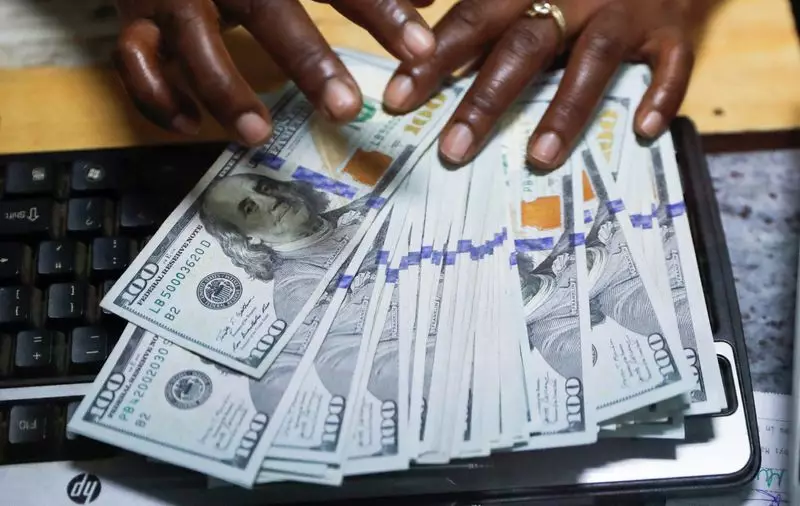A wave of risk aversion hit the markets, causing a sharp decline in the Australian and New Zealand dollars, while the yen gained support as investors sought safe-haven assets. The news of explosions in Iran raised concerns about the escalation of the Israeli-Hamas conflict in the Middle East, leading to a flight to safety. This resulted in a surge in demand for traditional safe-haven assets such as the U.S. dollar, Japanese yen, U.S. Treasuries, and gold.
The risk-sensitive Australian dollar dropped by 0.8% to $0.6370, while the New Zealand dollar fell by 0.63% to $0.5864. In contrast, the yen strengthened by more than 0.3% to 154.10. The resurgent U.S. dollar also saw gains for the second consecutive week as a strong U.S. economy delayed expectations of Federal Reserve rate cuts.
Amidst the dollar’s strength, Asian currencies faced pressure, prompting finance chiefs from the United States, Japan, and South Korea to issue a joint warning about the declining currencies in the two Asian nations. This led to speculations about a potential joint intervention to stabilize the situation. Bank of Japan Governor Kazuo Ueda emphasized the impact of currency fluctuations on policy decisions, hinting at a possible interest rate increase in response to significant yen depreciation.
The U.S. dollar’s dominance has triggered concerns about divergent monetary policy easing cycles among global central banks. While expectations of a first Fed rate cut have been delayed, the European Central Bank is anticipated to commence its rate easing cycle in June. This divergence is expected to weaken the euro and other major currencies against the dollar in the coming months.
Market sentiment has shifted, with only about 40 basis points worth of rate cuts priced in for the U.S. central bank this year, down from the 160 basis points expected earlier. The resilient U.S. economic data, coupled with inflationary pressures, has delayed the anticipated rate cuts. Despite the delay, economists predict that the Federal Open Market Committee (FOMC) will initiate rate cuts before the end of the year, as inflation trends lower gradually.
The U.S. dollar remains strong against a basket of currencies, nearing a more than five-month high. The volatile global events have significantly impacted currency markets, leading to shifts in investor sentiment and expectations regarding monetary policy decisions. As geopolitical tensions persist and economic conditions evolve, currency markets are expected to remain dynamic and influenced by external factors.


Leave a Reply